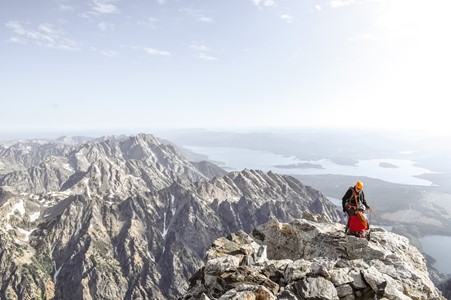As we draw nearer to the start of a new school year, it’s worth taking time to think about how our reflections from last year can be turned into actions. Last year, students developed greater resilience through lockdown, learning from home, dealing with the emotional stresses of the 24-hour news cycle and not being able to see their friends face-to-face.
Resilience is often defined as the ability to bounce back from adversity or to overcome challenges. It is likened to failing forward and the well-known expression ‘If at first you don’t succeed, try again.’
The Greek philosopher Heraclitus, said ‘Change is the only constant in life.’ Once we accept that even the most carefully considered study routine, note-taking system, or assignment timeline will experience hiccups, we are more prepared to overcome them and get back on board, adjusting our processes to suit our new circumstances.
The key to developing resilience is to take time to reflect on our experiences, evaluate the efficiency of our processes and the appropriateness of our emotional attitudes and reactions.
Reflection can be tailored to all ages and learning styles. Some students prefer to go on a walk or do something physical to blow off steam in order to help them reflect. Others prefer journal, discuss, paint or draw responses to questions such as:
- What did I expect to happen?
- What happened instead? How do I feel about what happened?
- How did I react? Was my reaction or attitude helpful?
- How can I adjust my response, my approach, or my environment to overcome the setback?
- Who can I ask to help me?
Reflection is a worthwhile exercise in the classroom as well as at home, to look back on what we’ve learned and what strategies help or hinder that process so that we can be more effective learners. Throughout each term, a tutor will often ask their student to reflect on their processes to demonstrate and guide the student to become a self-reflective, more independent learner.
Vince Lombardi, one of the greatest American footfall coaches, once said ‘The man on top of the mountain didn’t fall there.’ In other words, success doesn’t just happen. We don’t get to skip the challenges along the way. Instead, like the mountaineer, we reach the summit by placing one foot in front of the other, climbing up hill. Along the way, we stop to admire the view, we look back and encourage ourselves by how far we’ve come, and we set our sights on the next destination. Sometimes we make mistakes or hit unexpected obstacles. When we do, we stop, assess what went wrong, and make a plan for overcoming the challenge or a way to not make the same mistake.
So as we start a new academic year, encourage your student to reflect like a mountaineer as they climb towards their goals. If academic confidence or achievement is one of their goals, get in touch with our team of experienced tutors who can provide the support and guidance your student needs to reach their summit.
(Photo by Clay Knight on Unsplash)

